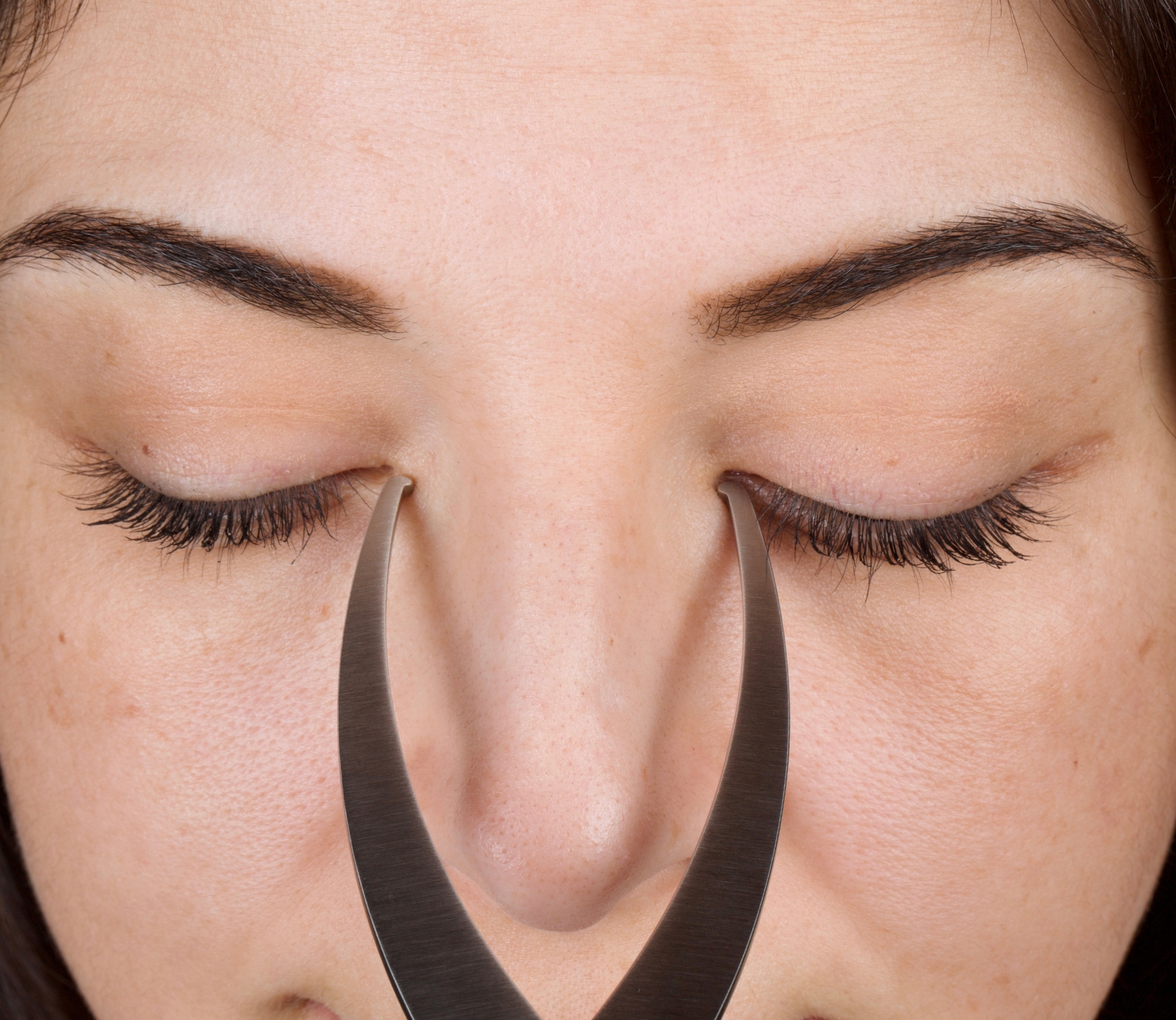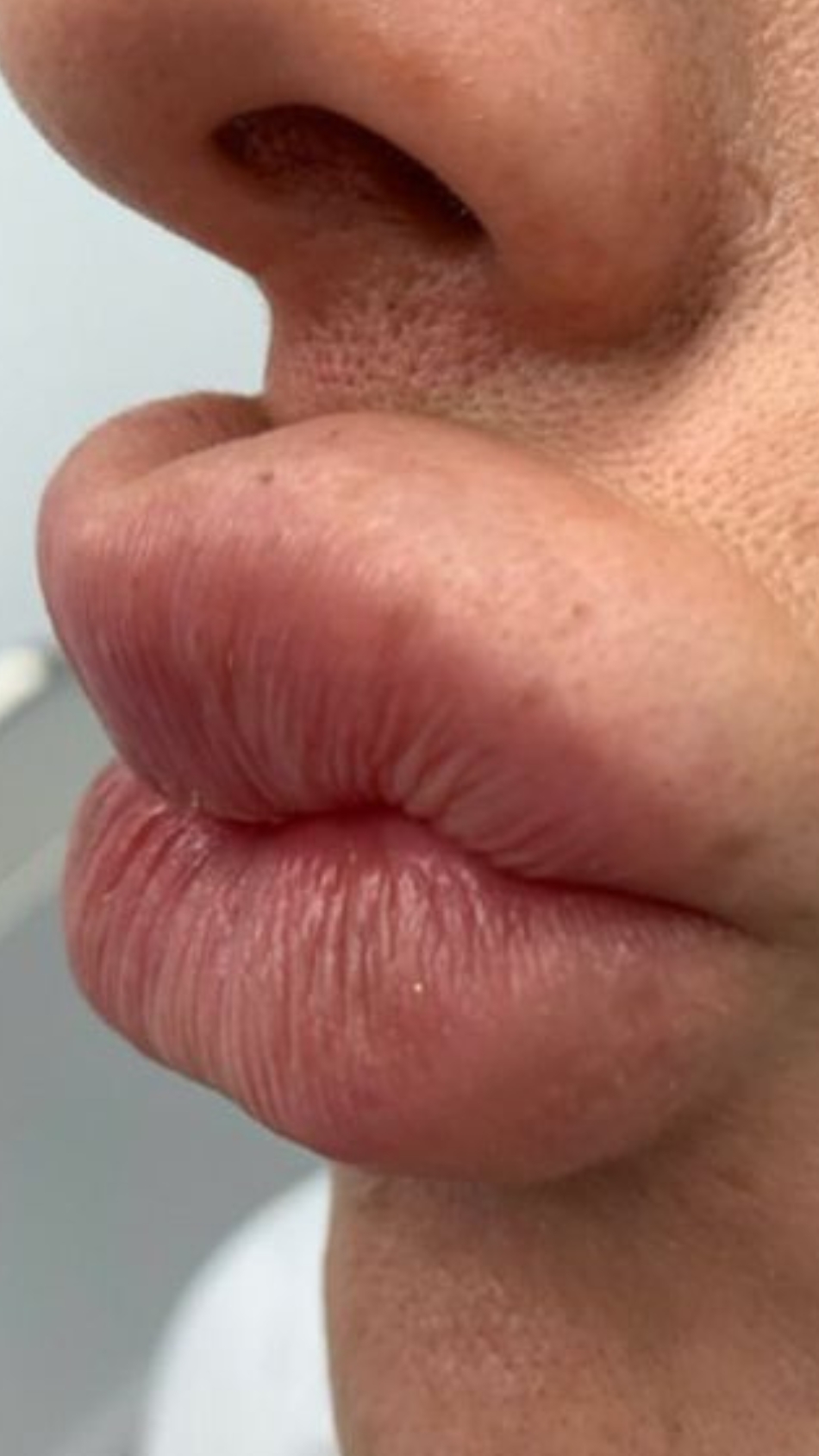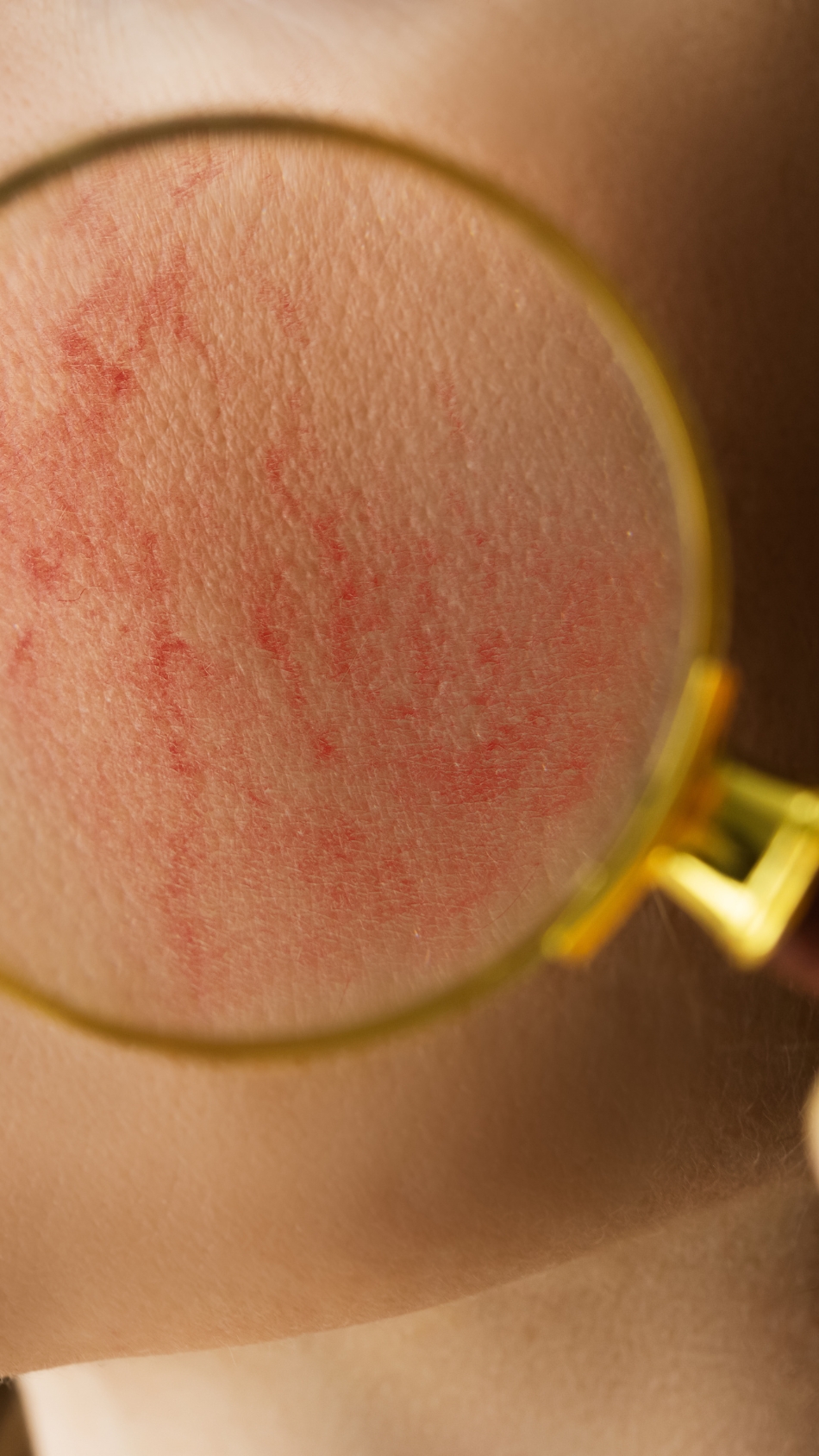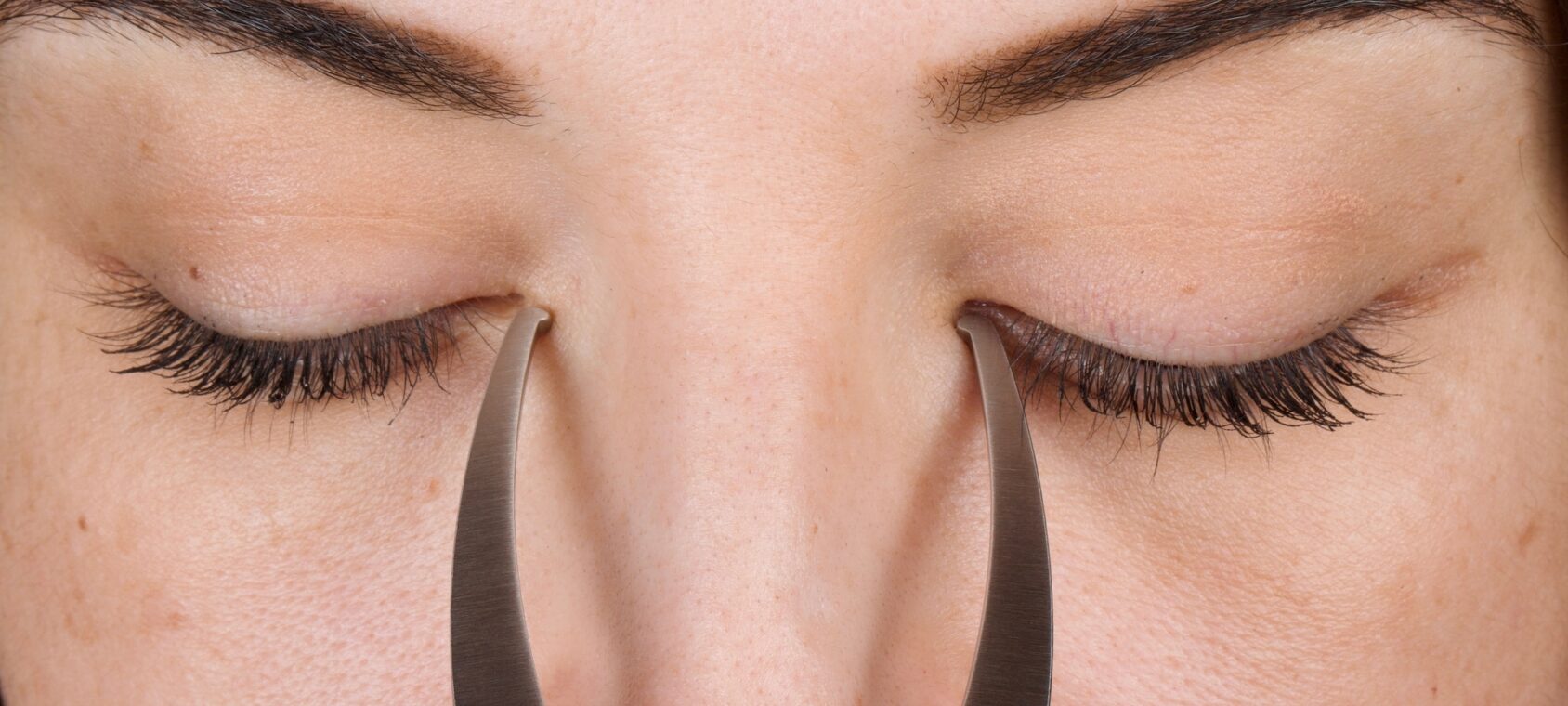
The structure of the face is made up of four major components: skin, fat, muscle, and bone. The loss of volume in these substances contributes to symptoms of aging, such as wrinkles, smile lines, and changes in the size of the cheeks and lips. As the elasticity of the skin decreases and the contraction of the facial muscles increases, the skin becomes sagging.
Dermal filler is a medical procedure that can help diminish these wrinkles, restore lost volume, and give you a younger appearance.
There is a different type of FDA-approved fillers made of different substances, such as Hyaluronic Acid (HA), Calcium Hydroxylapatite (CaHA), Poly-L-lactic Acid, and others. Each product is having a certain texture, density, properties, and injection depth for a certain area.

Filler injections made of hyaluronic acid (HA), which already has it in our skin, are a common type to use which varies in density and elasticity depending on where the injection is made. Hyaluronic acid is essential for skin hydration and volume preservation. The effect lasts, depending on its composition and the nature of the body, from six months to a longer period, before being gradually absorbed. HA filler is the only dissolvable one, Unlike others.
Calcium Hydroxylapatite (CaHA), also naturally found primarily in our bones, is thicker than HA filler, lasts longer, and helps stimulate collagen production.
Poly-L-lactic Acid is a biocompatible and biodegradable synthetic substance. This type of dermal filler is known as a collagen stimulator causing your body’s production of collagen, unlike other dermal fillers it doesn’t produce immediate results, the results appear gradually for a few months and can last more than two years. The treatment regimen of Poly-L-lactic Acid consists of up to 4 injection sessions scheduled 3-4 weeks apart and varies from person to person depending on the desired result and the level of collagen loss.
If done properly, the Dermal filler can solve a variety of issues. Fillers can assist to restore the appearance and shape of the face by minimizing deep under-eye bags and tear troughs, raising cheekbones, augmenting or moisturizing lips and reducing smile lines and nasolabial folds (wrinkles that reach from the side of the nose to the corners of the mouth) and contouring the jaw lines.
When it comes to cosmetic procedures such as facial filler injections, it is crucial to choose the right product and practitioner to ensure optimal results and safety. Your well-trained physician, with extensive experience and knowledge of facial anatomy, can help determine the most appropriate product for your individual needs and goals.
Performing safe filler injections requires a high level of skill and expertise. Your physician should have a thorough understanding of the potential risks and complications associated with the procedure, and have the necessary skills and experience to address them if they arise. Additionally, the physician should have a keen eye for aesthetics and understand how to achieve a natural-looking result that enhances your natural features and complements your overall appearance.





Several different factors ranging from aging, nutritional deficiencies, smoking, pollution, sun exposure, and some medication intake can contribute to a gradual deterioration of the face contour and skin health.
Even faces that were previously considered symmetrical, tend to deviate from the golden ratio.
The golden ratio has been applied to facial beauty, and adopted as a guideline for aesthetic treatments, allowing to restore the face proportions closer to the youthful ideal, improving the attractiveness and rejuvenating older features, following Leonardo Da Vinci’s mathematical principle of beauty and harmony.

The aesthetic evaluation of the face must first consider the patient’s goals: Does the patient want to revert to his or her previous appearance, or does the patient want a fresh and distinct appearance, other significant considerations must be made here, including taking photographs before the injection and examining the photographs to determine the places that require injections and whether there is any imbalance in the facial characteristics.
Moreover, before starting face filler treatment, it is better to work on strengthening and improving the skin quality, by doing several combined treatment sessions, that induce collagen and elastin production and tighten the skin, may include: RF micro-needling, laser, chemical peel, and other rejuvenation treatments. doing that for the best and better result as the skin plays a big role in facial attractiveness.
Fillers may not be appropriate for people who have specific medical issues:
– Bleeding disorders.
– Allergies to the filler products.
– pregnant or breastfeeding women.
– An active infection near the injection site.
We must keep in mind that all medical products have advantages and disadvantages. Therefore, it is very important to be aware of the risks and benefits before receiving the treatment.
• Avoid anti-inflammatory/blood thinning medications, if possible, for a period of 2 weeks before the procedure, medications and supplements such as aspirin, vitamin E, vitamin C, ginkgo biloba, ginseng, St. John’s Wort, Omega 3/Fish Oil supplements, Ibuprofen, Motrin, Advil, Aleve and other NSAIDS have a blood thinning effect and can increase the risk of bruising and swelling after injections.
• Schedule your Dermal Filler appointment at least 2 weeks prior to a special event that you may be attending, such as a wedding or a vacation. Results from the Dermal Filler injections may take time to appear. Also bruising and swelling may be apparent in that time period. Poly-L-lactic Acid or Sculptra does take longer to see results so plan accordingly with your provider.
• Discontinue Retin-A 2 days before and 2 days after treatment.
• Reschedule your appointment at least 24 hours in advance if you have a rash, cold sore or blemish on the treatment area.
• If you have a history of cold sores or Herpes infection, the doctor should be informed.




• Avoid significant movement or massage of the treated area.
• Avoid strenuous exercise and extensive sun exposure or heat for 72 hours.
• Avoid consuming excess amounts of alcohol or salts to avoid excess swelling.
• If you have swelling you may apply a cool compress for 15 minutes each hour and try to sleep face up and slightly elevated.
Dermal filler side effects are classified as either frequent or rare. Bruising and swelling are common but temporary, and will disappear in all cases.
Though it is rare but considered a serious side effect such as skin necrosis and blindness can occur if vascular obstruction or occlusion happens accidentally by filler, here comes the importance of the doctor’s experience and knowledge in dealing with these complications and treatments.
These problems can be prevented by using ultrasound technology, to examine the injection sites, which aids in facial arterial mapping to avoid vascular occlusion, visualize safe cannula or needle placement before injection, and confirm filler placement and vessel flow after the injection.
In case of vascular occlusion, ultrasound technology can help to allocate the occluded vessel and dissolve the filler.
Complications are categorized based on when they appear, whether early, late or very late complications.
– Injection site reactions such as erythema, edema, bruising, pain and itchiness.
– Hypersensitivity and allergic reaction.
– Infection (Herpes simplex virus infection, Abscess, cellulitis and Mycobacterial infection).
– Tyndall effect, occurs when an unsuitable filler is injected superficially.
– Surface irregularities, lumps, bumps and nodules, if the filler is injected superficially or in the wrong location and may occur immediately or develop from clumping of the substance due to muscle activity.
– Vascular occlusion in case of arterial occlusion happened due to accidental intravascular injection or compression by the filler and can cause local tissue necrosis, embolization of blood vessels, blindness and stroke.






– Late allergic reactions.
– Chronic inflammation, infection and Biofilm.
– Granulomas.
– Filler migration.
– Telangiectasia (small, widened blood vessels on the skin)
– Immune reaction.
– Malar edema.
– Persistent discoloration.
– Doctors seek to fix facial deformities by transferring fat from the arms onto the face in 1890.
– The first attempt at lip augmentation occurred in 1906 when surgeons attempted to inject liquid paraffin into the lips. The treatment failed, and surgeons began seeking alternatives.
– In the 1960s, liquid silicone was first used for lip augmentation. Because of worries regarding silicone’s safety for public health, surgeons began using bovine collagen instead.
– Historically, the first soft tissue fillers were made from bovine collagen and sold under the brand name Zyderm.
This article is Medically reviewed by : Dr. Iman Itani MBBS.GP. Aesthetic doctor.
